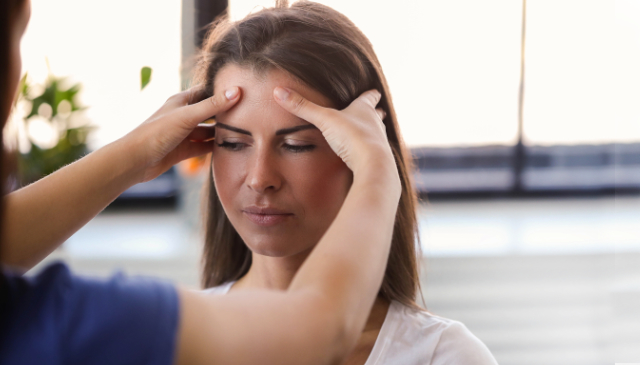Health Blog: Solutions & Wellness Tips
Conservative treatment is found effective for lumbar disc herniation

For cases that don't improve spontaneously, conservative treatment prescribed first
Lumbar disc herniation, or a herniated disc, is caused by the tearing of the outer ring of a disc in the spine. This allows the soft central portion to bulge out past the outer rings, which can lead to a number of symptoms like numbness, weakness and leg or low back pain. Some people who develop this heal spontaneously in a few weeks and don't require any treatment. For the others, conservative, or non-operative treatment is typically prescribed first, and in cases that don't improve over time, surgery may be recommended next. Due to the fact that some prefer to avoid surgery completely and others may jump into it too quickly, it's important to be aware of the effectiveness of conservative treatment. Therefore, a study was conducted to evaluate its effect on patients with lumbar disc herniation.
Patients are evaluated by questionnaire for two years
Patients were sought out that received conservative treatment for lumbar disc herniation and fit the inclusion criteria, and 89 were found and agreed to participate. All patients were prescribed celecoxib for 1-2 weeks and bed rest for 3-4 weeks. In addition, patients performed muscle-strengthening exercises for the abdominals and lower back three times a day and once a day, respectively. Patients were evaluated using the Japanese Orthopaedic Association (JOA) Back Pain Evaluation Questionnaire at one month, three months, six months, one year and two years after treatment. Improvements of greater than 75% were considered excellent, greater than 50% good, and 25% fair.
Majority of patients respond well to conservative treatment
After two years, a total of 72 patients (81%) responded well to the conservative treatment, while 17 (19%) decided to have surgery. Of the 72 patients with positive outcomes, JOA scores improved significantly at each time questionnaires were administered over the two years, and 84.7% of these patients had a good or excellent result at the final two-year follow-up. Based on these findings, it appears conservative treatment—which may also include physical therapy—can lead to impressive outcomes for patients with lumbar disc herniation. It can therefore be considered a reasonable alternative likely to lead to positive results for those who are skeptical or unable to undergo surgery.
-As reported in the December '13 edition of Acta Orthopaedica Belgica



